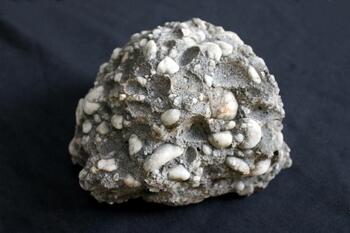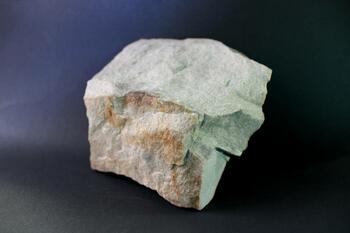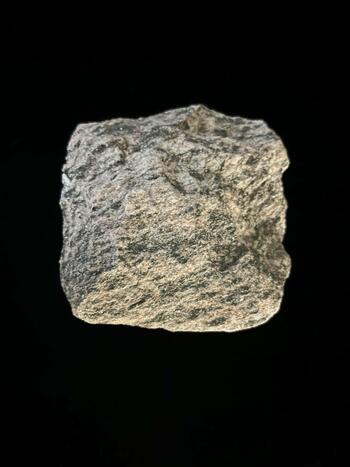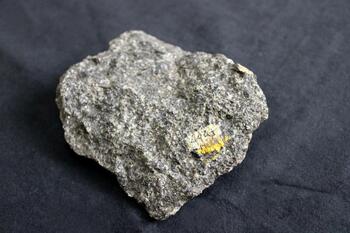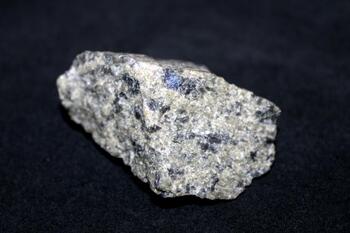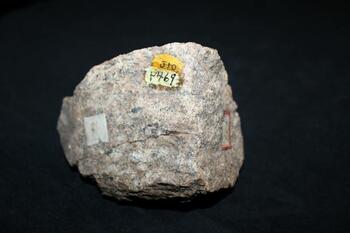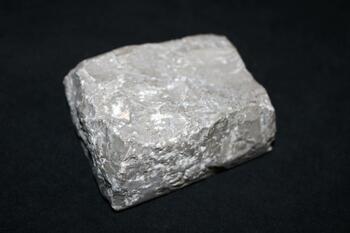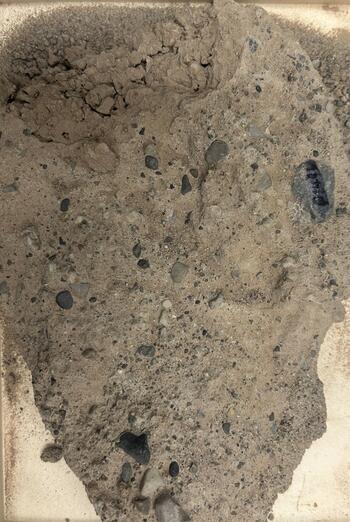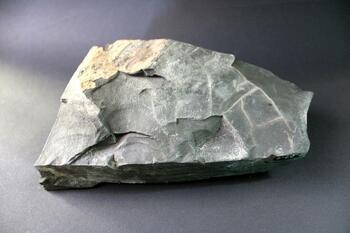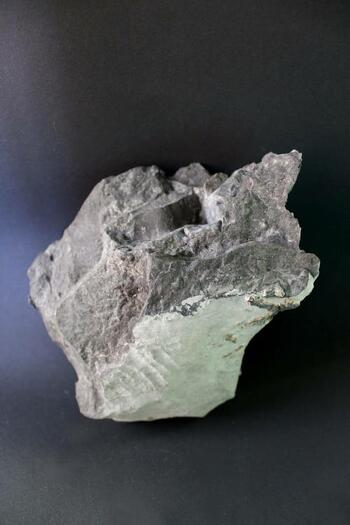Top Ten Rocks of Western New York
The types of rocks and fossils vary by region. What are some of the most common rocks and fossils found right here in Western New York?
What are you most likely to find while exploring WNY’s geological past? The following rocks are those most widely found in this region.
Example of a conglomerate
Conglomerate is a coarse-grained sedimentary rock made up of rounded pebbles or boulders held together by natural cement. Conglomerates are common in the Southern Tier of New York State. The Olean Conglomerate was created by the collision of the African and North American continents which forced up the Appalachian Mountains
Example of sandstone
Sandstone is a type of sedimentary rock composed of sand-sized grains. This sandstone layer can be found at the water level at Niagara Falls. The fossils and ripple marks found in this formation indicate a near-shore depositional environment.
An example of Hornblende gneiss
Gneiss is a metamorphic rock that forms through exposure to elevated temperature and pressure during the metamorphic process. Gneiss containing a large amount of the mineral hornblende, is called hornblende gneiss, and is often crushed and used in highway construction. This specimen was found below 1300 feet of the Niagara Gorge.
An example of mica schist
Schist is a metamorphic rock that has formed through exposure to high temperatures and pressure. Some schists have a dominant mineral. The schist is named for that dominant mineral. For example, this is a mica schist. Micas are a group of silicate minerals that can be split easily into extremely thin plates. Mica schist is not a strong rock and is mostly used as a decorative stone and in jewelry.
Example of anorthosite
A type of igneous rock that is composed of large mineral crystals. Anorthosite is found on both the earth and the moon. All anorthosites found on Earth consist of coarse crystals, but some samples of the rock taken from the Moon are finely crystalline. Most anorthosites formed during Precambrian times and can be found in the southwest U.S., the Appalachian Mountains, eastern Canada, across southern Scandinavia and eastern Europe.
An example of a micaceous quartzite
Quartzite is a metamorphic rock that is formed when sandstone is transformed through exposure to elevated temperatures during the metamorphic process. Quartzite has been used for stone tools since prehistoric times.
An example of chert
Chert is a fine-grained sedimentary rock made of microcrystalline quartz. Chert has been used in many ancient cultures to make tools and weapons because, when broken, produces a very sharp edge.
A sample of glacial till
The sediment deposited by a glacier. It can be composed of sediment of varying sizes. Lodgement till collected from distal side of the Buffalo Moraine, from a large gravel pit on the south side of Route 33 (Genesee Street), one mile west of Ransom Road in Lancaster, NY.
Example of shale
Shale is a type of sedimentary rock composed of fine-grained muds and clays. Hanover Shale, like all shale, was formed under the sea, therefore, it contains lots of marine animal fossils.
Example of limestone
A type of carbonate (CaCO3) sedimentary rock, limestone can form through both organic (accumulation of corals and shells in the sea) and inorganic processes (precipitation).
Historically, Buffalo was home to many quarries for Onondaga Limestone as it is a popular construction material.
